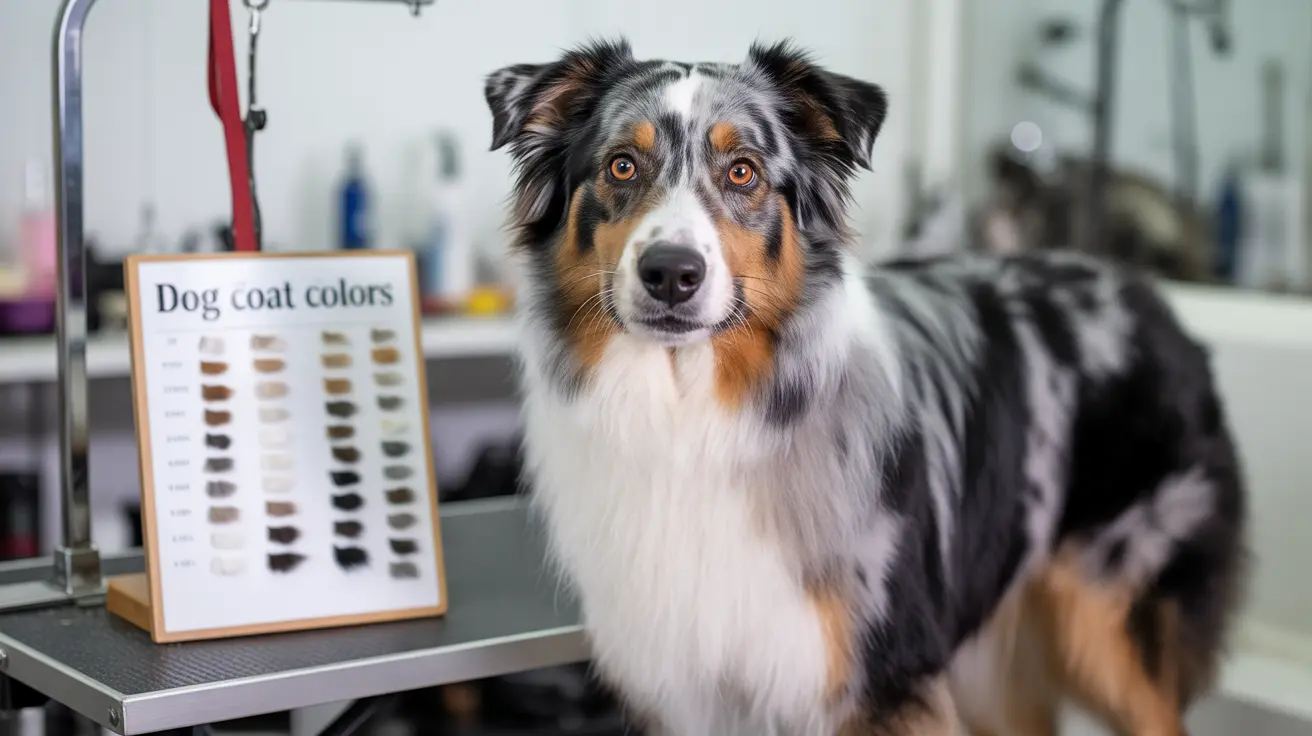The Basic Building Blocks of Dog Coat Colors
At its core, dog coat color is determined by two primary pigments: eumelanin and phaeomelanin. Eumelanin is responsible for black, brown, and grey colors, while phaeomelanin creates red, yellow, and cream shades. The interaction between these pigments, combined with various genetic factors, produces the vast array of colors and patterns we see in modern dog breeds.
Major Color Types and Their Genetic Origins
Solid Colors
Solid-colored dogs, such as black Labradors or chocolate Poodles, result from specific genetic combinations that allow one pigment to dominate. The genes responsible for solid colors are some of the most well-understood in canine genetics, making these colors relatively predictable in breeding programs.
Pattern Variations
More complex patterns like brindle, merle, and spotted coats involve multiple genetic factors working together. These patterns can create striking visual effects, from the tiger-stripe appearance of brindle to the marbled look of merle coats.
The Role of Genetics in Coat Color Development
Several key genes control how pigments are distributed throughout a dog's coat. The most important include:
- The A (Agouti) locus, which controls pattern distribution
- The E (Extension) locus, affecting black pigment expression
- The K (Black) locus, determining solid black coloring
- The B (Brown) locus, modifying black to brown
- The D (Dilute) locus, responsible for color intensity
Health Considerations Related to Coat Colors
While coat colors are primarily aesthetic, some color patterns can be linked to health issues. For example, dogs with double merle genes may face increased risks of vision and hearing problems. Understanding these connections is crucial for responsible breeding and pet ownership.
Breed-Specific Color Standards
Different breeds have specific accepted colors defined by kennel clubs and breed standards. These standards have evolved over time and reflect both historical preferences and practical considerations for each breed's intended purpose.
Frequently Asked Questions
What genes control the different coat colors and patterns in dogs?
Dog coat colors are controlled by approximately 8 core genes with multiple loci. The main genes include the Agouti (A), Extension (E), Black (K), Brown (B), and Dilute (D) genes, each controlling different aspects of pigmentation and pattern formation.
How do eumelanin and phaeomelanin pigments affect a dog's coat color?
Eumelanin produces black, brown, and grey colors, while phaeomelanin creates red, yellow, and cream shades. The combination and modification of these two pigments create all dog coat colors we see.
Why do some dog breeds have unique patterns like merle, brindle, or harlequin?
These unique patterns result from specific genetic combinations. Merle is caused by the M gene, brindle by the K locus interaction with other genes, and harlequin is a specific mutation found only in Great Danes.
Can a dog's coat color influence their health or genetic conditions?
Yes, certain coat colors and patterns can be associated with health issues. For example, double merle genes can lead to vision and hearing problems, and extreme white spotting can be linked to congenital deafness.
How does genetic testing help predict and understand a dog's coat color?
Genetic testing can identify specific color-related genes in breeding dogs, helping predict puppy coat colors and avoid potentially harmful color combinations. It's an essential tool for responsible breeding programs.
Conclusion
Understanding dog coat colours goes beyond mere aesthetics – it's a window into the fascinating world of canine genetics. Whether you're a breeder making informed decisions about future litters or a dog lover wanting to learn more about your pet's unique appearance, knowledge of coat color genetics enhances our appreciation for these remarkable animals.






